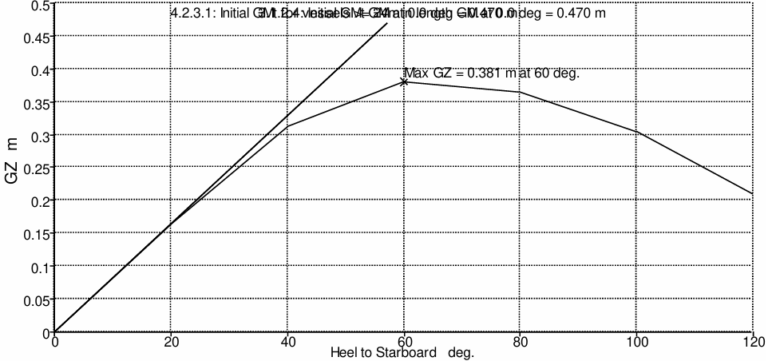The shortage of Indonesia’s main shipping material, wood, has forced citizens in coastal areas like Bengkalis to look for alternatives. According to researchers Siswandi and Wasis, high-density polyethylene (HDPE) boats have become a quick and effective answer to this problem. Known for their durability and the heat resistance of HDPE, these boats are transforming the global fishing market. But what’s so unique about these boats? Let’s take a look at how this technology is changing the global fishing market and how it can help Americans.
High-Density Polyethylene, or HDPE, is a plastic that has had its chemical composition developed and perfected. This material is well-known for its strength and flexibility, which is why it is often used in marine applications. Among its improved qualities we can mention:
In addition, HDPE has distinct mechanical benefits, including low density, tensile strength and stability, as we will see below in the case of Indonesian boats.
Traditional wooden Pompong boats in Indonesia have given way to new models made of HDPE. The shortage has driven the development and application of cutting-edge technology. With this new structure, impressive findings were obtained after an analysis of the Pompong HDPE boat. The highlights are presented below:

Figure 1: Curve stability fishing vessel of Pompong HDPE plastic
The equation used to calculate GZ (stability), for small angles up to 15° was ( GZ = GMsinθ ). As for angles greater than 15° was:

GM= metacentric height
BM= transverse metacentric radius
The same tried and tested Indonesian technology has been applied to the US market. Legacy HDPE is an example of this, its business produces boats that adhere to the same international standards and achieve stability, efficiency, as well as:

Where:
This hydrodynamic advantage, combined with the heat resistance of HDPE, makes these boats suitable for a variety of environments, from coastal waters to inland rivers, ensuring performance under varying conditions. Ideally suited for coastal fishermen in Indonesia, where the weather can change abruptly, as well as in many unpredictable regions of the United States.
Investing in a Legacy HDPE boat is not just a purchase; it is an investment in sustainability and innovation. Here is what customers can expect from this investment:
HDPE boats have proven themselves in tough environments, such as those found in Indonesia. Now that this technology is available in the United States, the local market may fully benefit from the modern and eco-friendly design.
To gain control of this technology, see our HDPE boat models and contact Legacy HDPE by phone or write us now!


